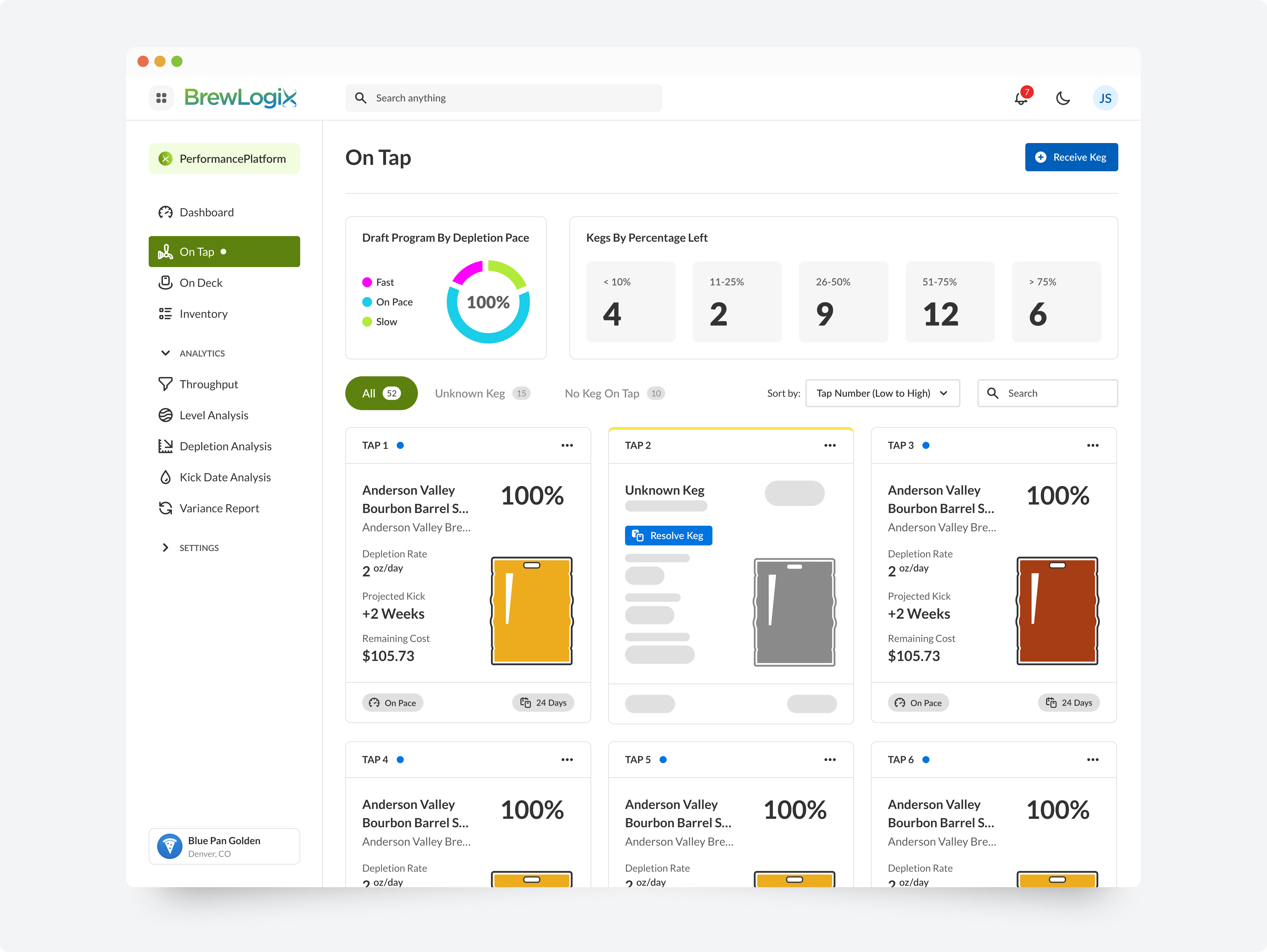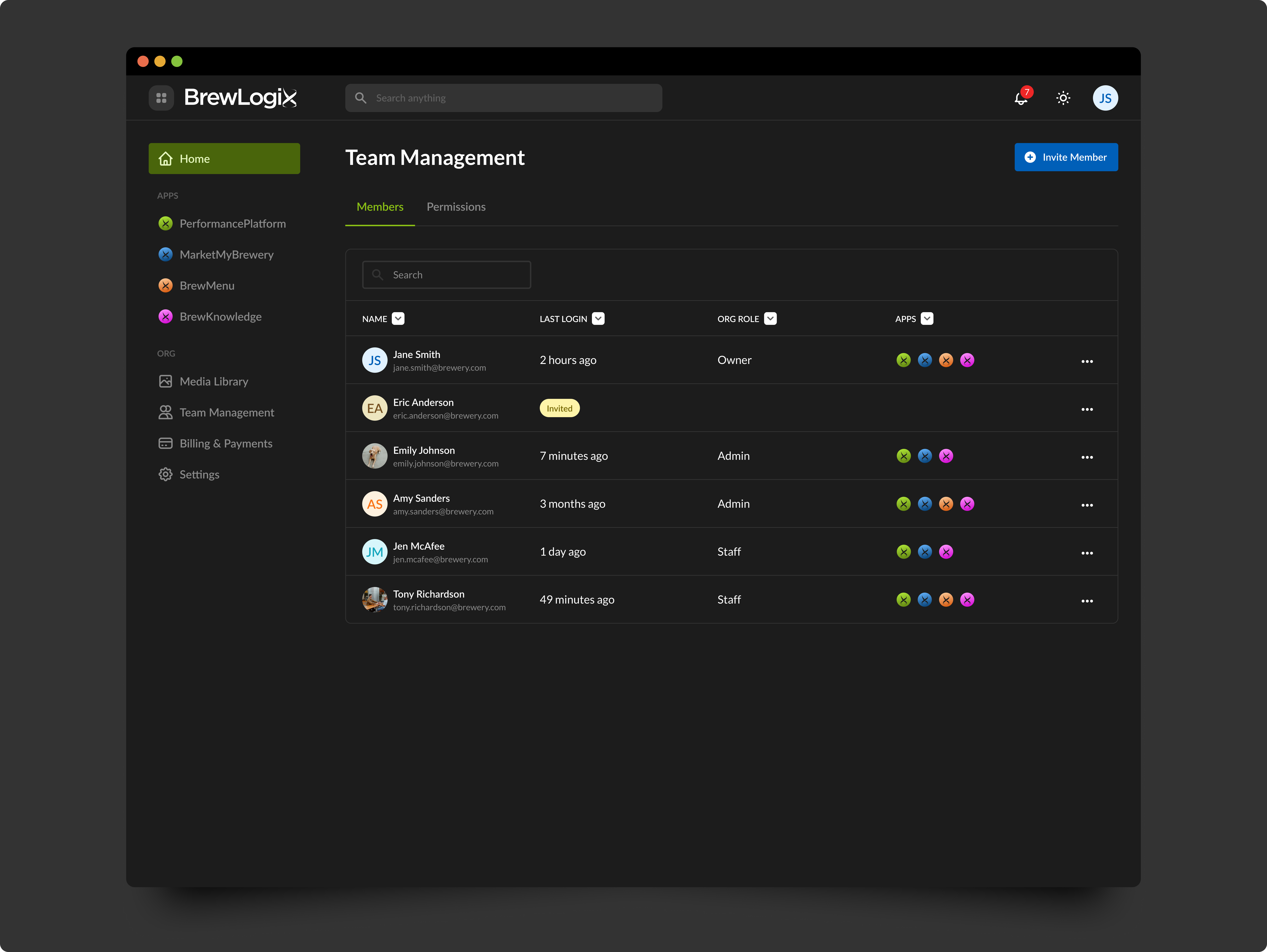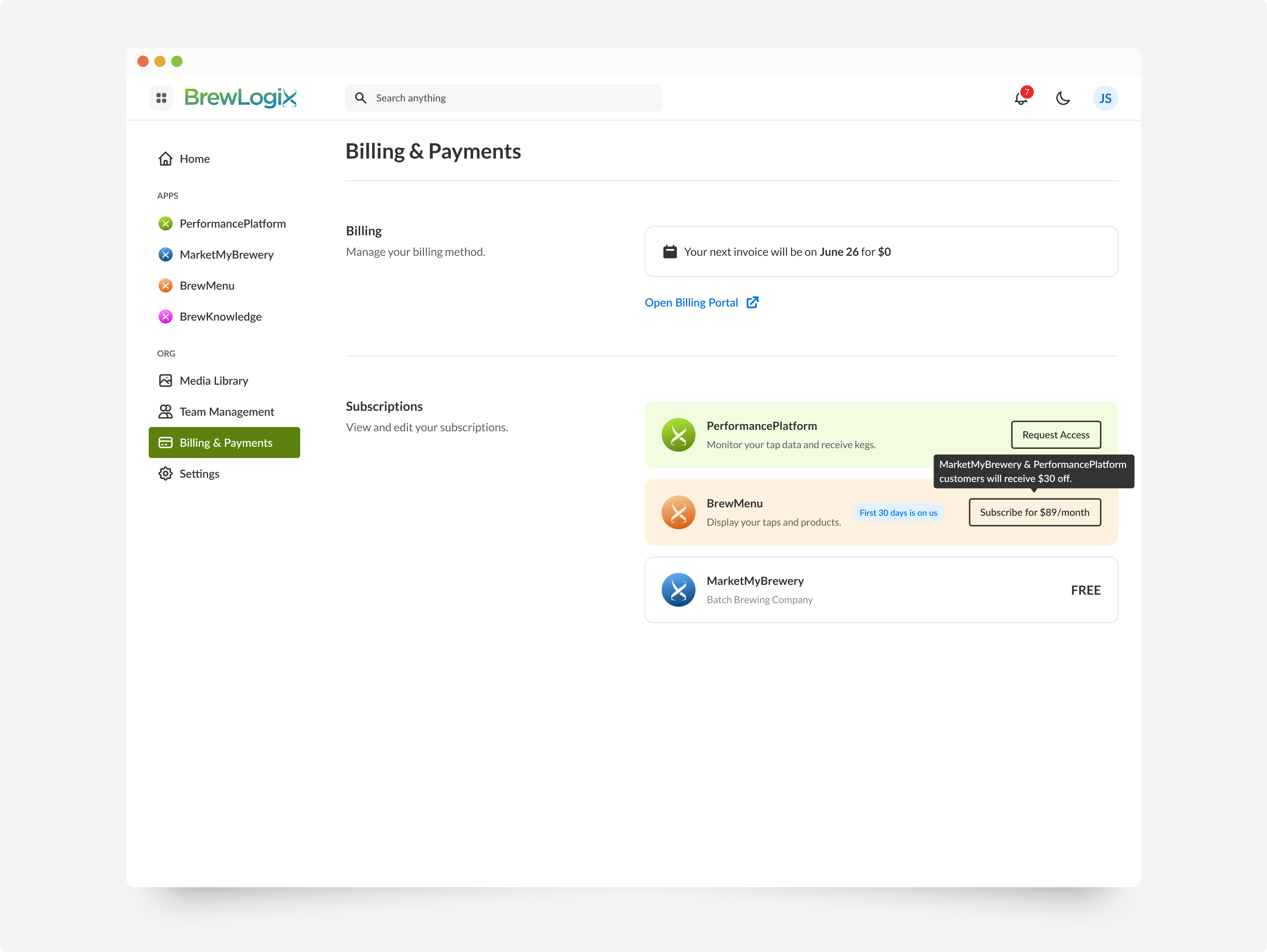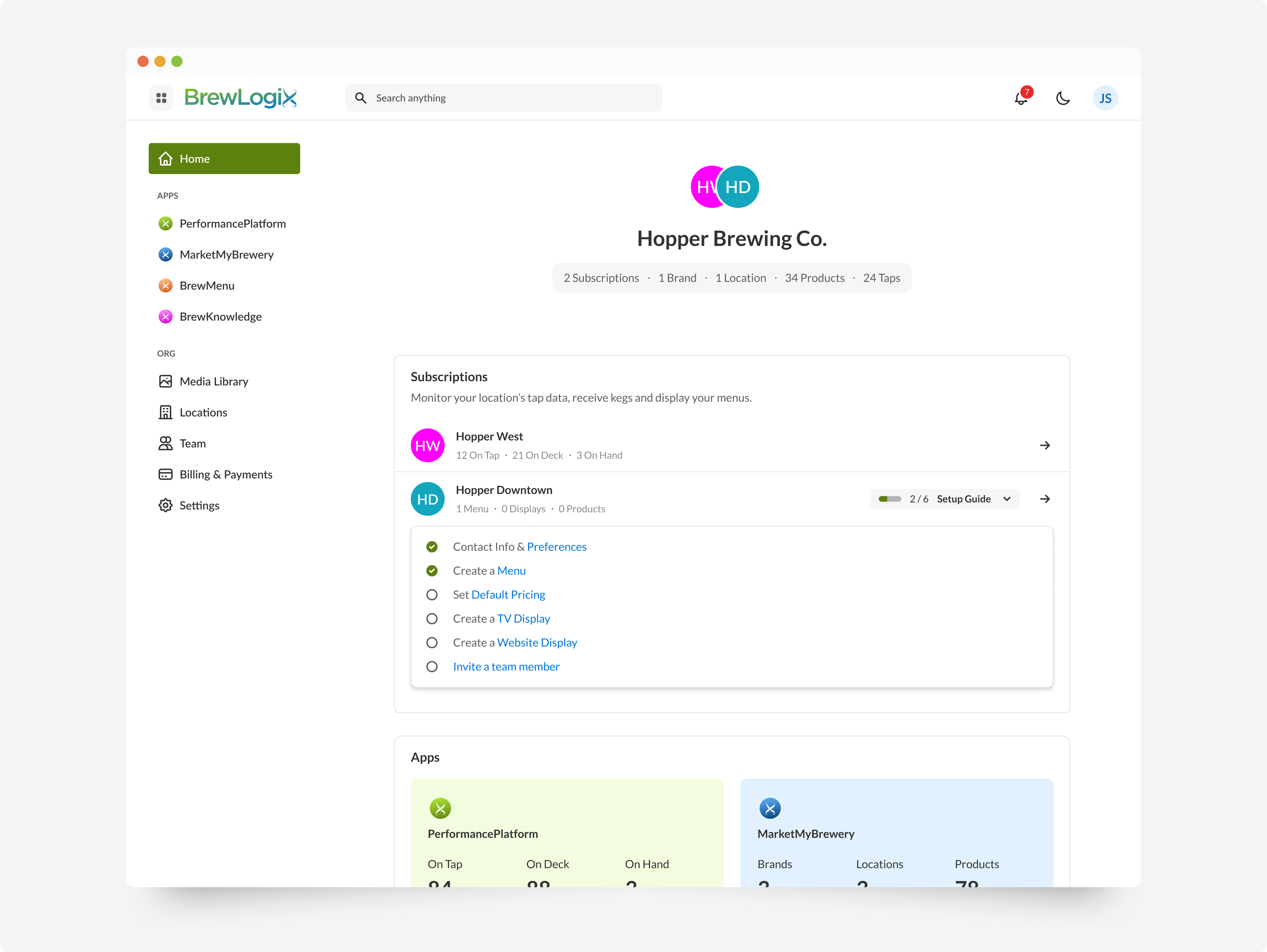BrewLogix: real-time on-premise brew analytics
Team
Worked closely with engineers and product managers.
Tools
Figma, Axure RP
Date
2022 - 2024
Role
User research & discovery, Information Architecture, Prototyping, Product Design, Design Systems.
Key Achievements
Unified BrewLogix’s SaaS product suite under a single design system, streamlining cross-functional collaboration and improving handoffs with engineers and product managers.
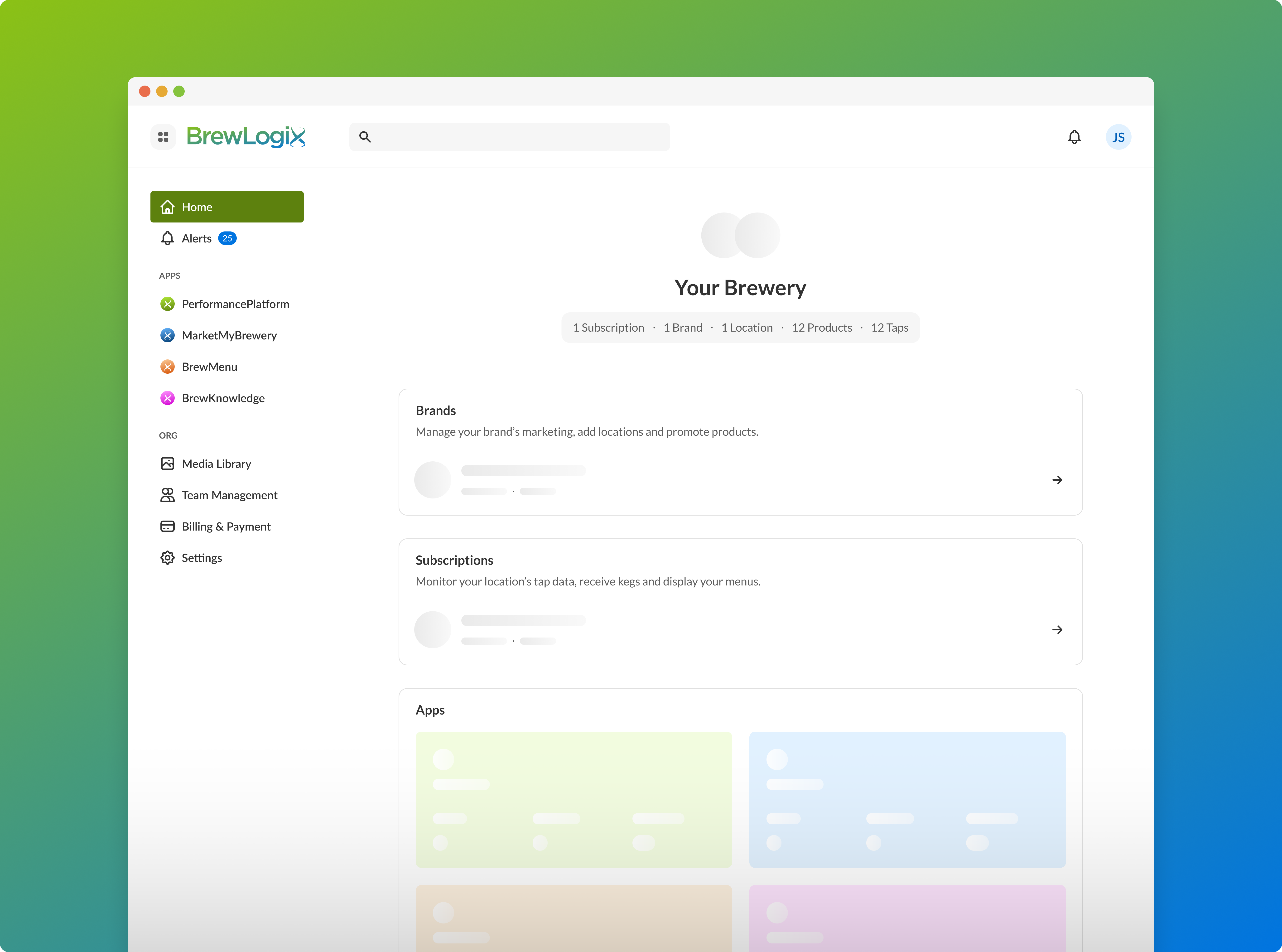
Project Overview
BrewLogix's beverage IoT platform empowers breweries to monitor, manage, and market their products in real-time. The platform encompesses four applications: PerformancePlatform, BrewMenu, MarketMyBrewery, and BreweryDB. Each serves a distinct purpose while providing a unqiue ecosystem of tools and features for brewpubs, tap houses and breweries.

Goals and Objectives
Leading the UX and UI design for these applications, my primary objective was to develop a dynamic design system that could maintain visual consistency across platforms while accommodating each application’s specific needs.
This required creating a unified foundation for colors, tokens, and iconography, as well as a robust component library that could support varied functionalities across the suite. The goal was to ensure users could navigate seamlessly between applications while preserving the integrity of BrewLogix’s brand identity.
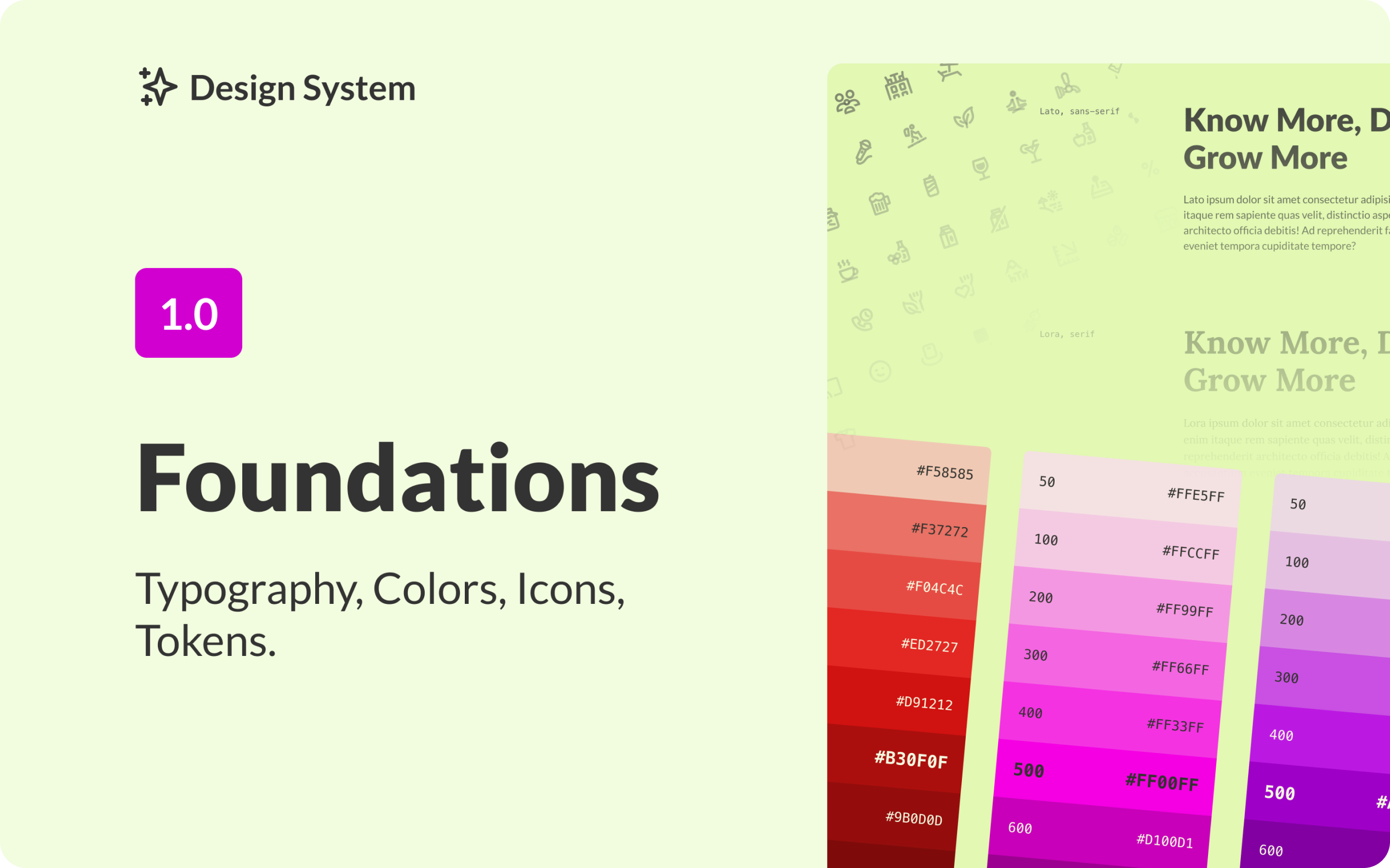
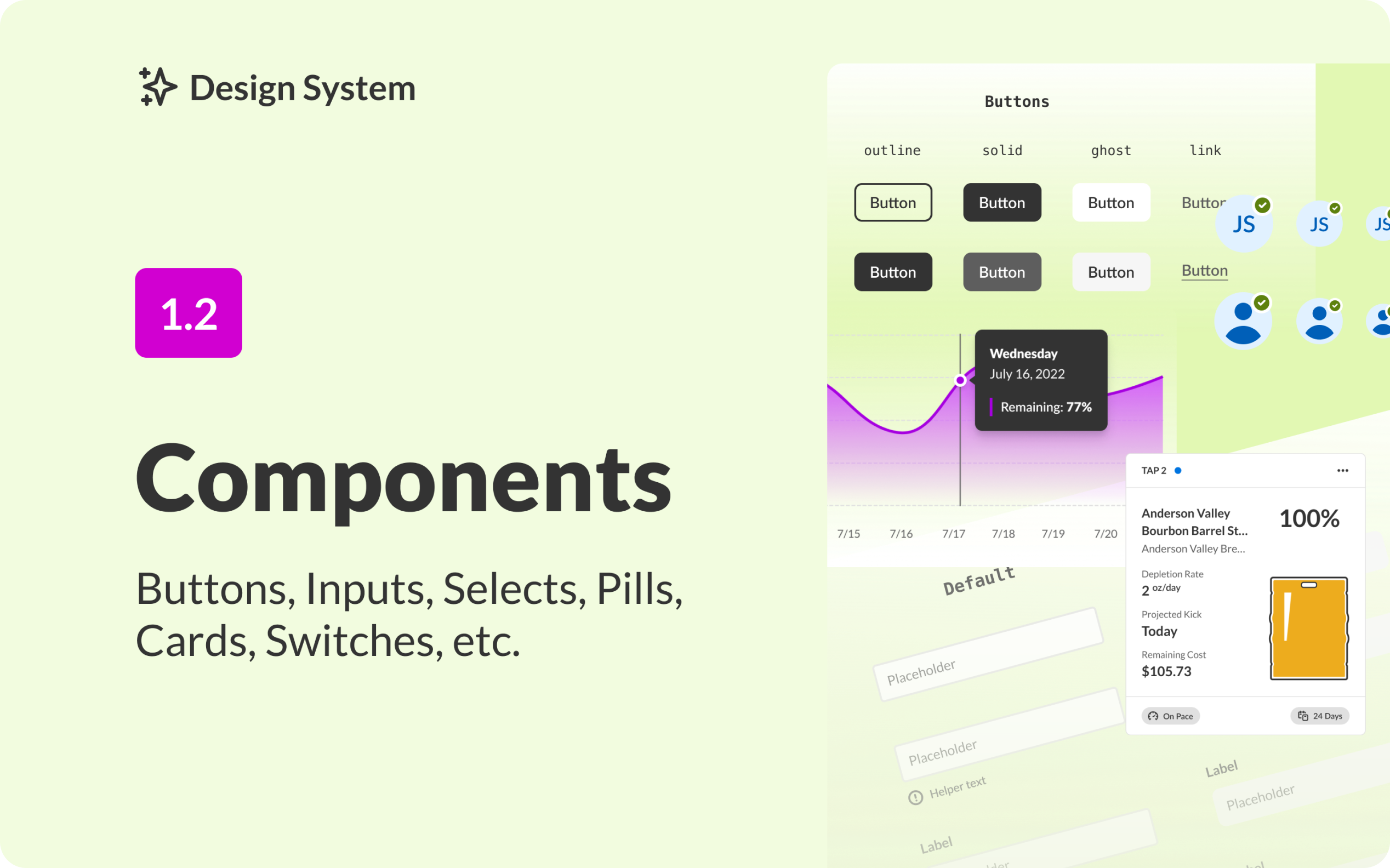

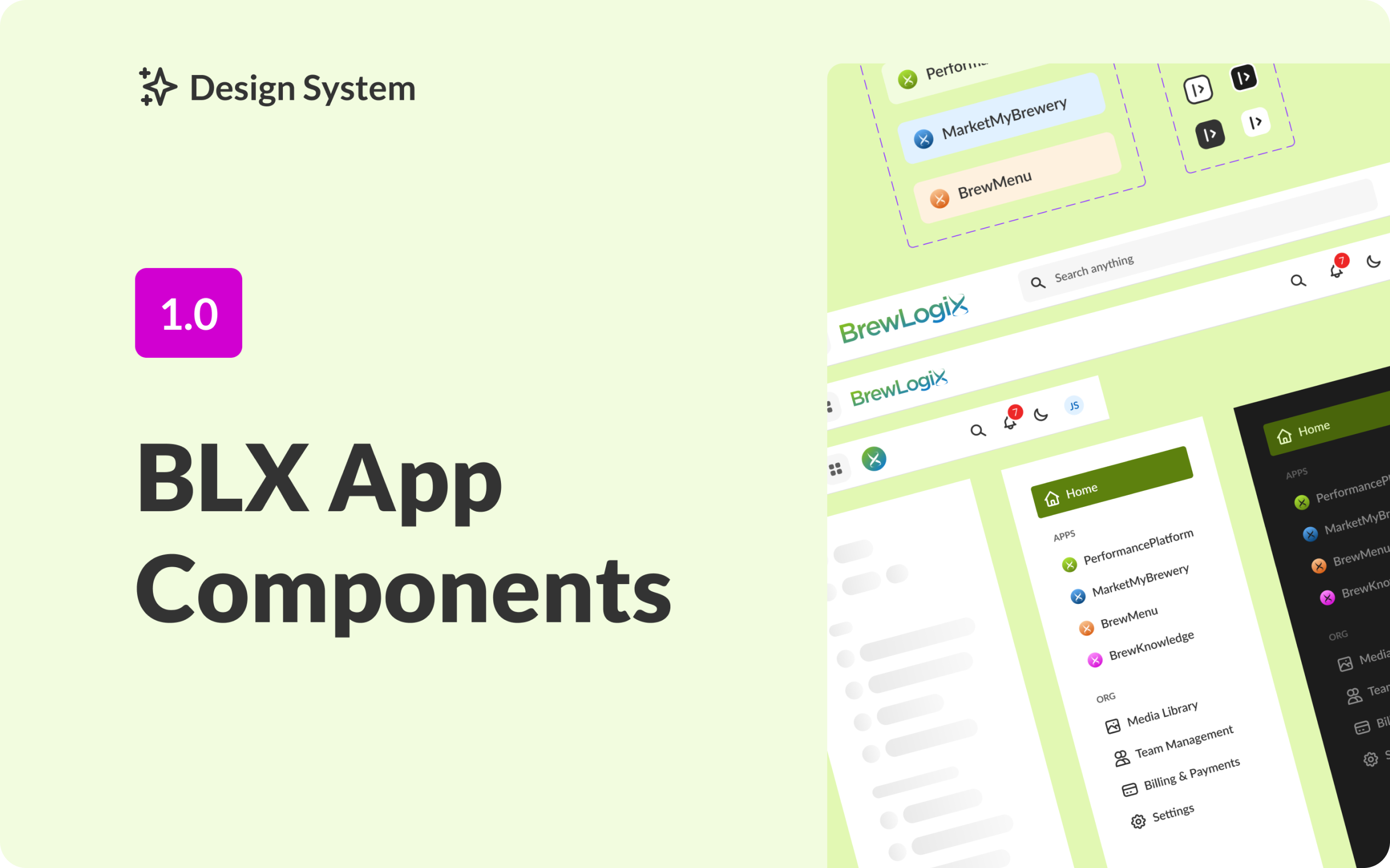
Design System Strategy
The design system was built from the ground up in Figma, beginning with color and value tokens that harmonized with the BrewLogix brand and met accessibility standards.
From there, I established design primitives for typography, spacing, and elevation to provide a visually cohesive foundation. The component library included reusable assets ranging from standard interface elements to complex data visualizations, which were critical for creating unified yet customizable experiences across applications. Custom icons were designed to visually represent core actions like monitoring, receiving, and keg assignments, aiding intuitive navigation.
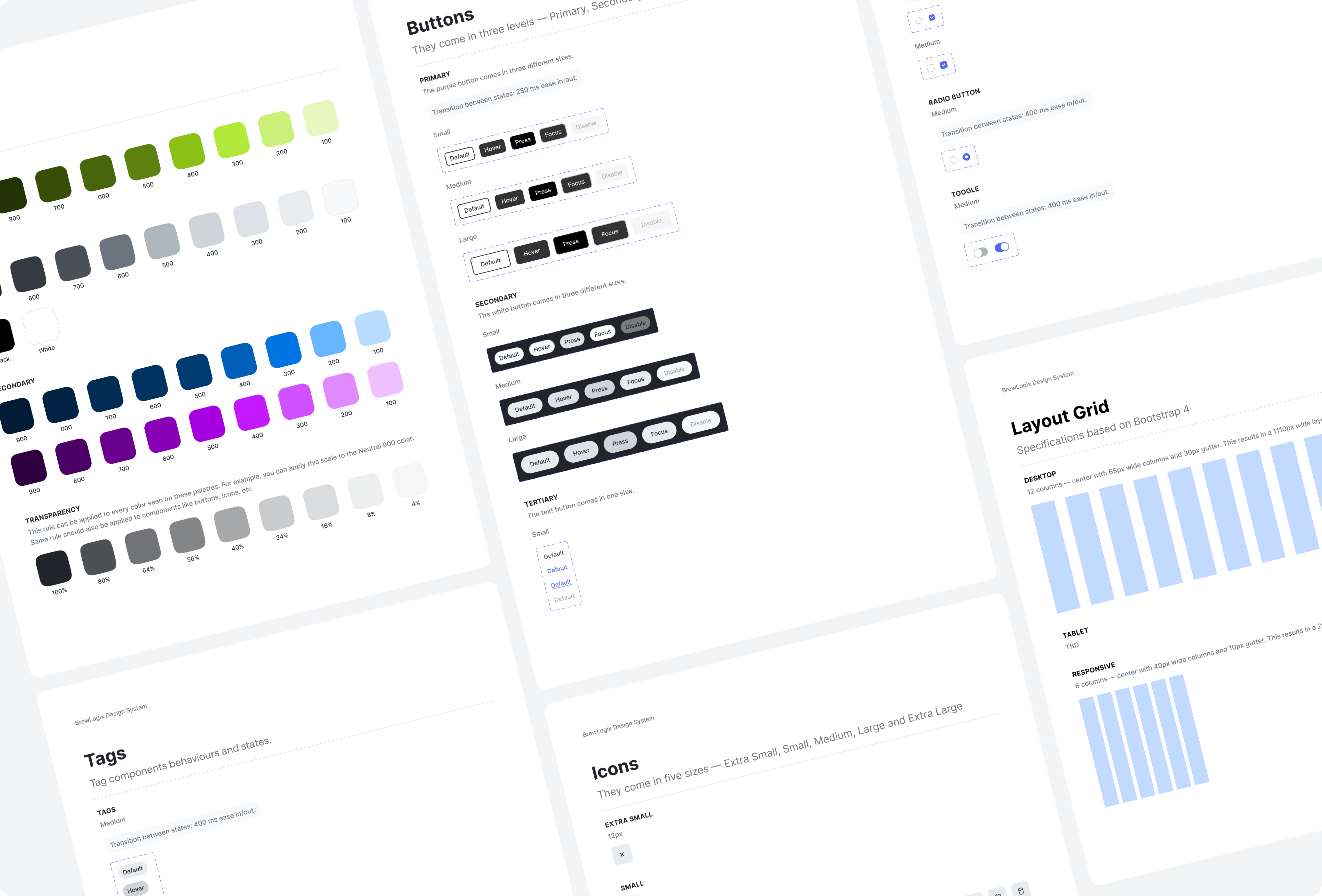
Challenges
A major challenge was delivering a unified experience across PerformancePlatform, MarketMyBrewery, and BrewMenu.
Although each platform required distinct functionalities, there was a need for cross-platform compatibility to facilitate ease of use and to promote cross-selling. To address this, I established shared components that could be adapted as needed for each platform and created intuitive workflows that allowed users to navigate between features without losing context.
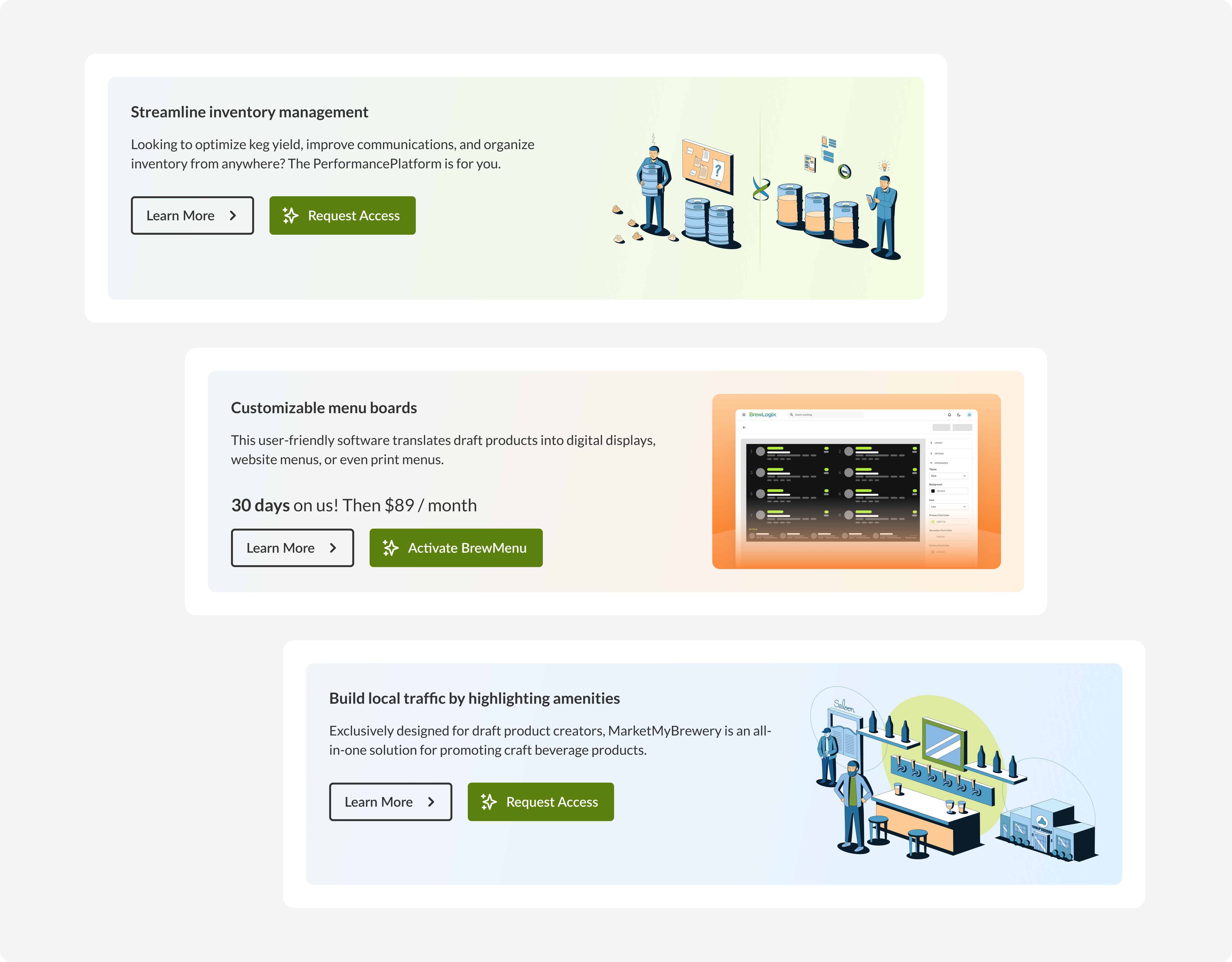
Data-Driven Insights with AI-Driven Feedback Loop
One of the most impactful additions to the design was the feedback loop I created, which collected user feedback and behavior data, then used AI to analyze and extract actionable insights.
For example, we observed that customers wanted to “lock lines,” indicating a preference for assigning the same product to the same tap line with each new keg. Using these insights, we implemented an enhancement to the on-deck keg management system. This allowed for unlimited on-deck spots and introduced an auto-suggestion feature that recommends tap line assignments based on product history and attributes.
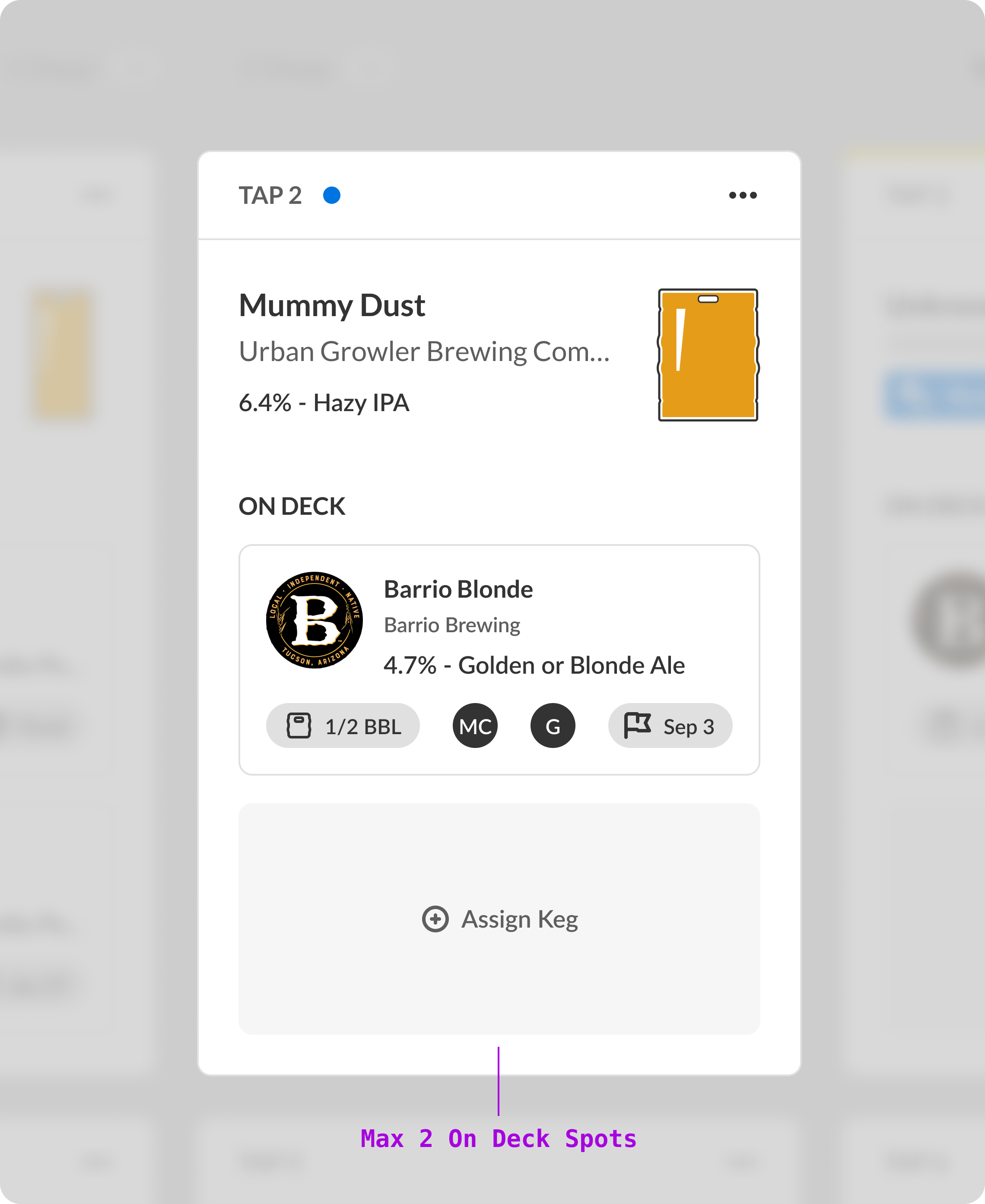
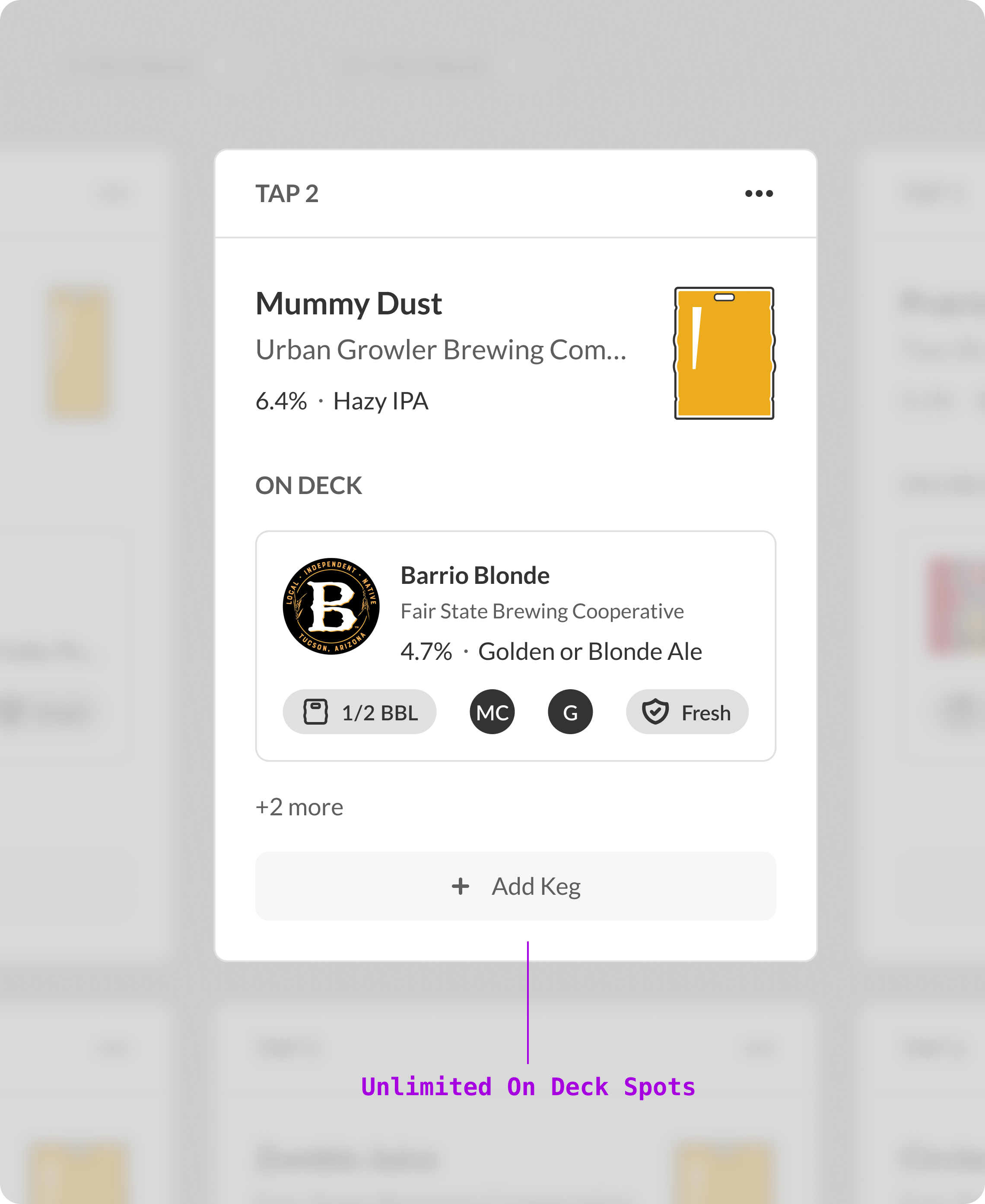
Design Operations and Handoff Solutions
To streamline design-to-engineering handoff, I developed a Figma file structure that enabled clear communication and ensured an efficient workflow.
This structure included a table of contents for improved navigation and organization. Additionally, each page in the file was named after its corresponding engineering ticket, containing all relevant designs, states, and annotations. A Master page maintained the latest version of each component, providing engineering with a single source of truth.
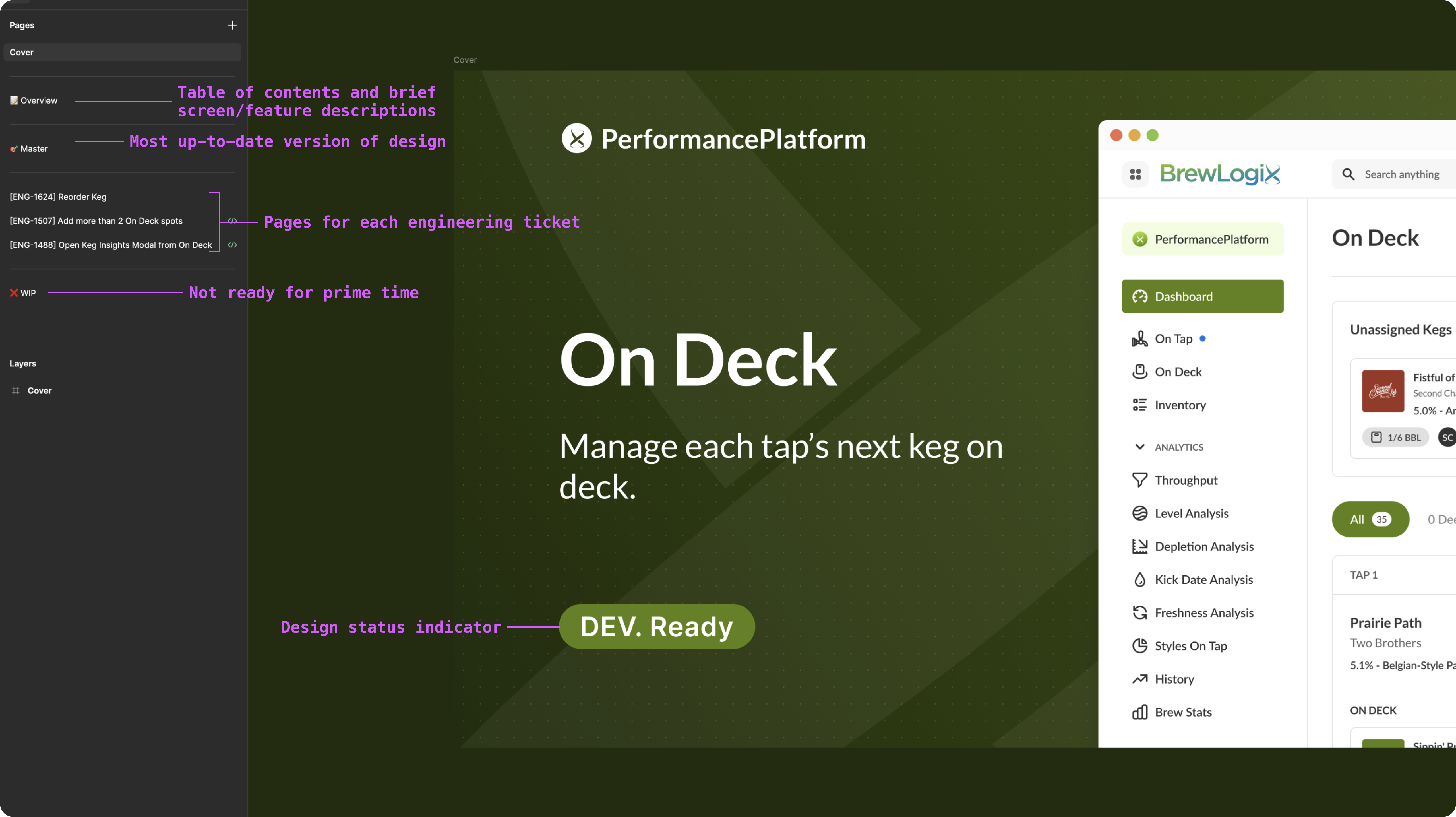
Key Takeaways
This project demonstrated the value of a structured, data-driven approach to design. The well-crafted design system enabled seamless cross-platform navigation for users, while AI-driven analysis of user feedback facilitated the creation of impactful features such as the enhanced on-deck keg management. Thoughtful organization and documentation within the Figma file provided a streamlined handoff to engineering, fostering smooth collaboration and minimizing friction.
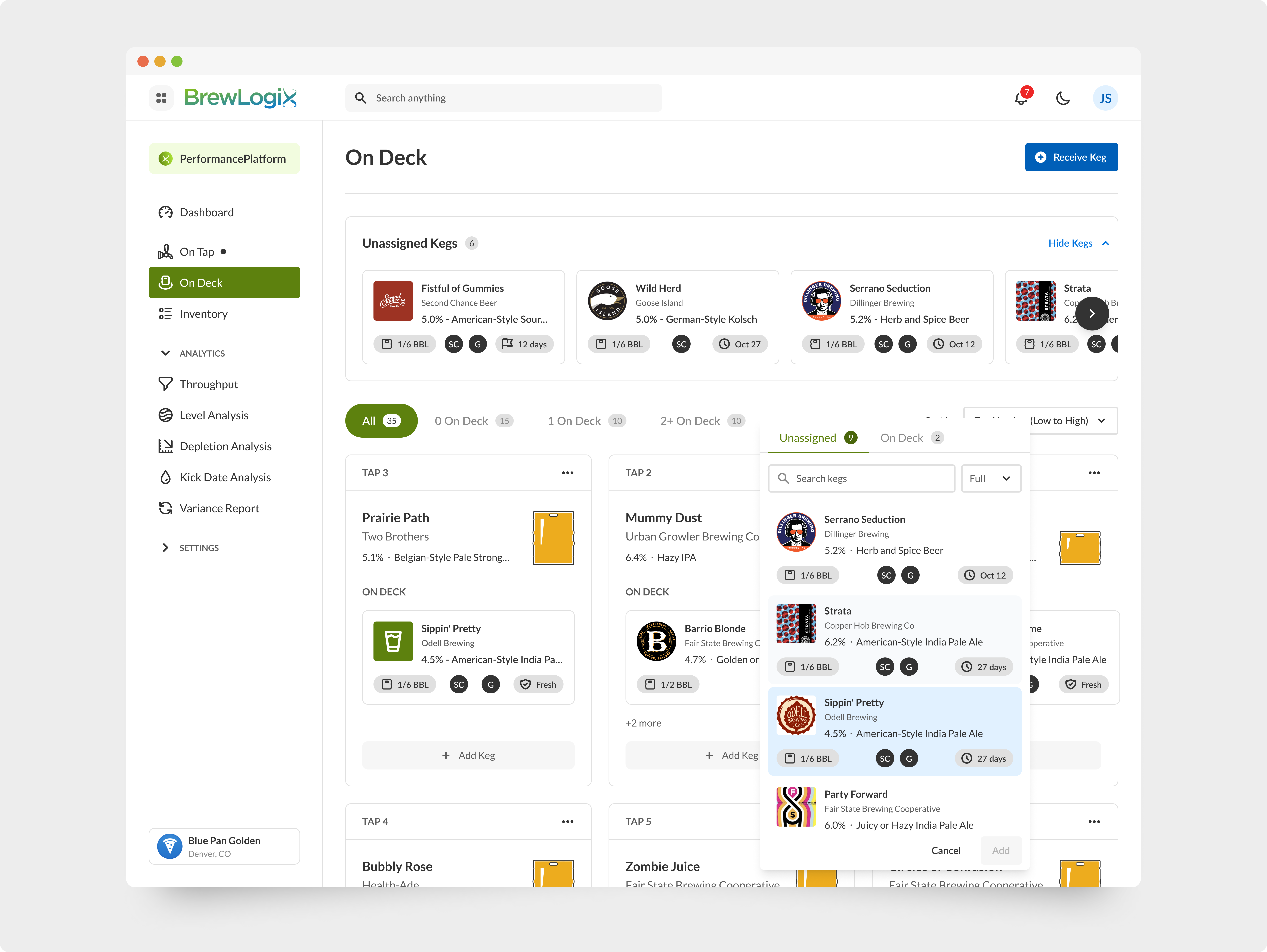
Impact and Results
The BrewLogix design system and UX solutions provided a unified, scalable framework for the platform’s four applications, allowing the team to deliver cohesive, user-focused updates across all products. The enhanced user experience contributed to increased user engagement, higher cross-platform adoption, and positive feedback on the intuitive keg management and marketing tools.
